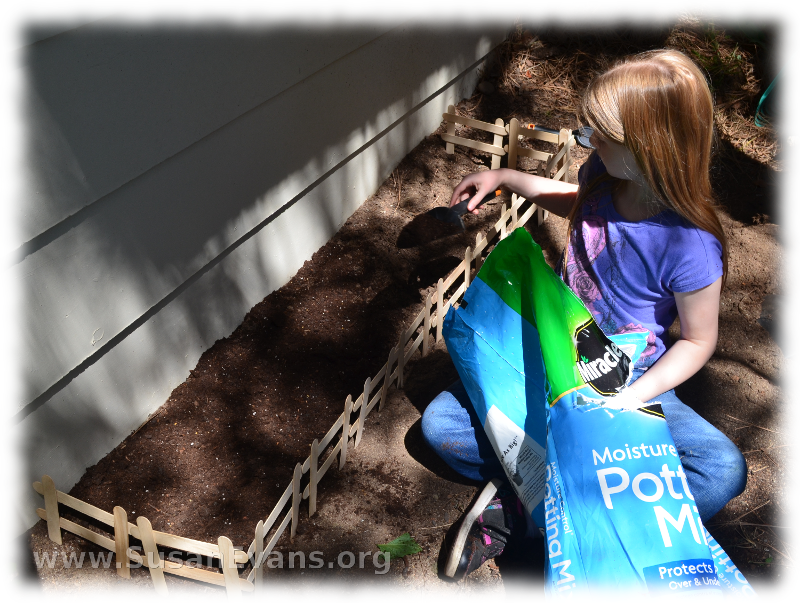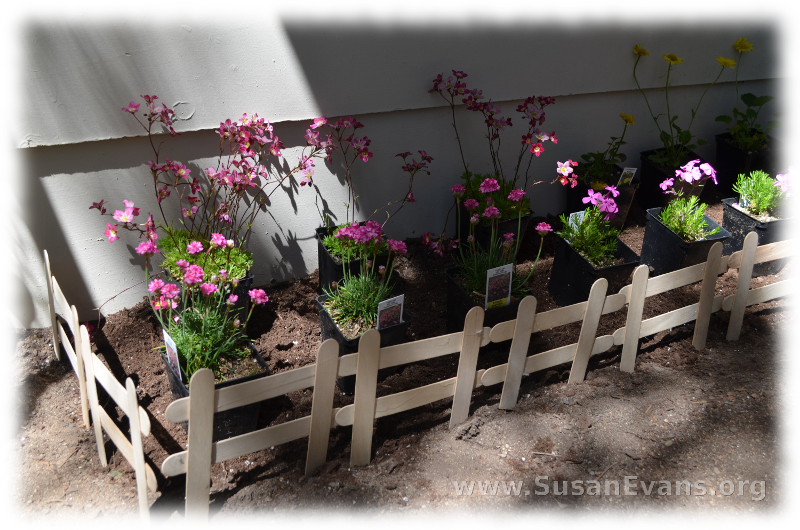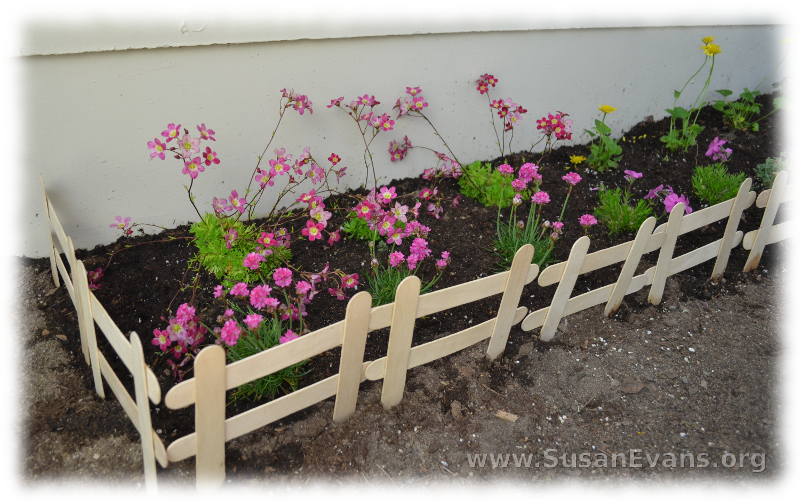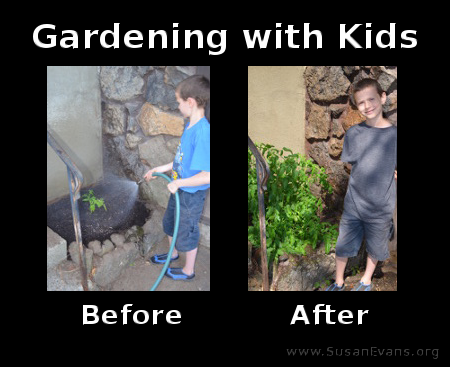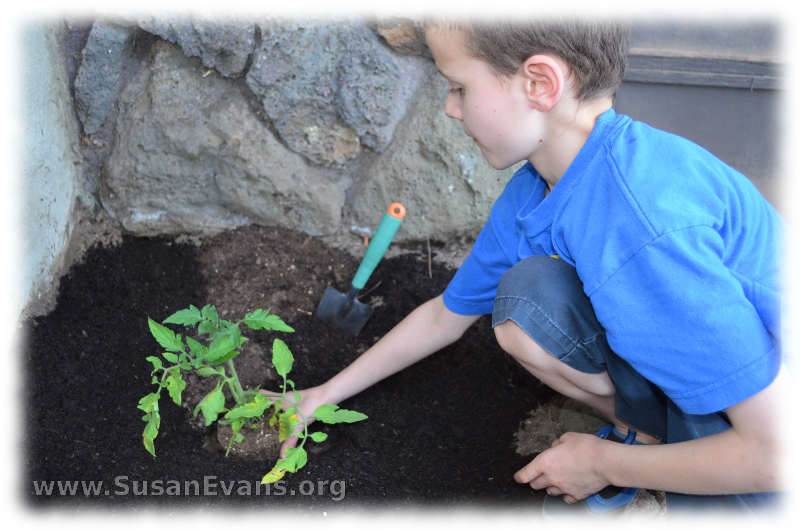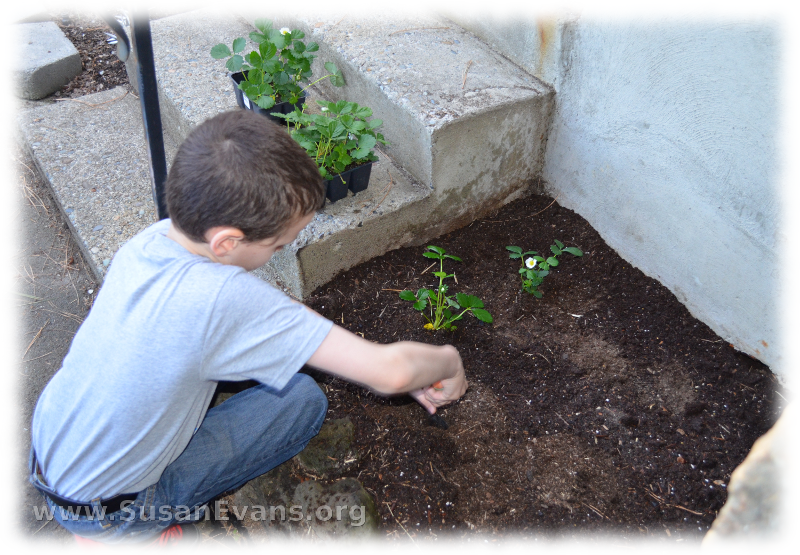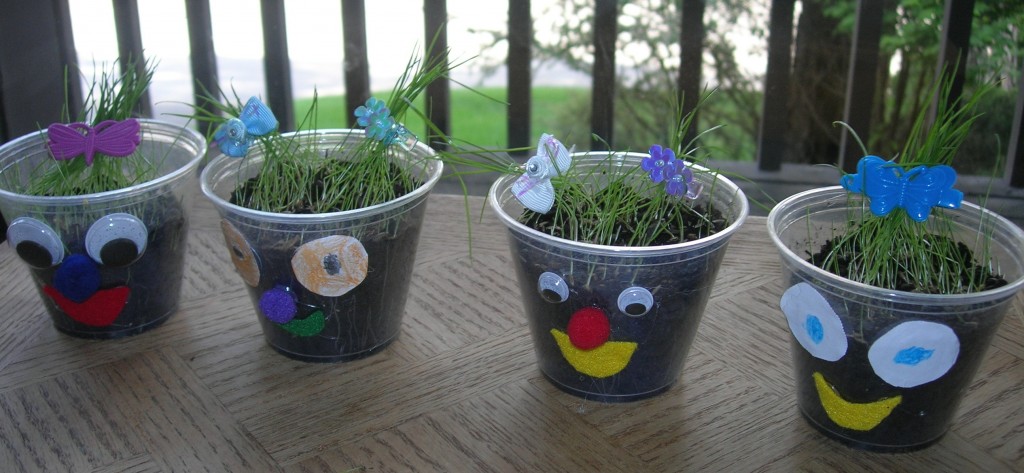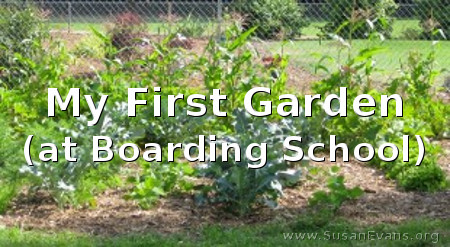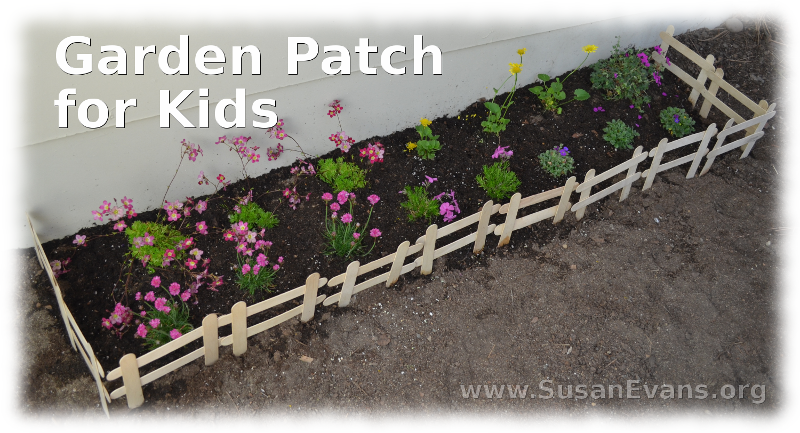 Why not make a fun garden patch for kids? Your children can enjoy playing in the dirt and can watch the plants grow. Here is how your child can design his or her own garden patch.
Why not make a fun garden patch for kids? Your children can enjoy playing in the dirt and can watch the plants grow. Here is how your child can design his or her own garden patch.
Designing a Garden Patch for Kids
- Find a spot in your backyard where you can place a garden patch. A sunny spot will work better than a shady one.
- With a large shovel, dig a hole about a foot deep, removing any bad soil and replacing it with good soil. If the soil is good already, then just fluff it up with the shovel.
- You can buy some fencing at a dollar store or make your own by hot gluing large popsicle sticks together in the shape of a fence. Stab them into the soil.
- Choose some plants from a local nursery, and set them on top of the area, re-arranging the plants until the tall ones are in the back and the shorter ones in front.
- Now dig a hole for each plant, take the plant out of the container, and place the plant into the soil. Pat the dirt around it like a nice comfy blanket.
- Water your garden. Give it a long drink with a gentle spray, either with a hose or with a watering can
- Enjoy your garden.
